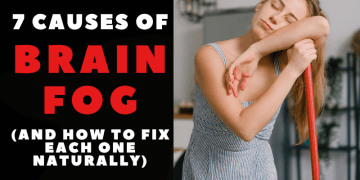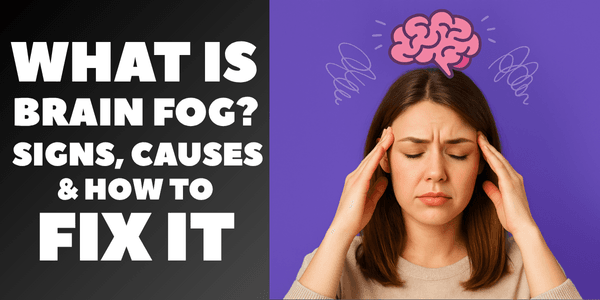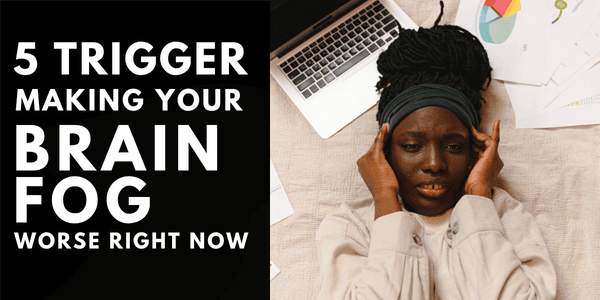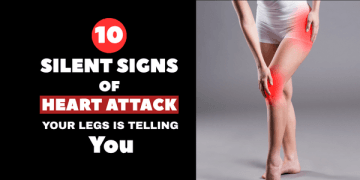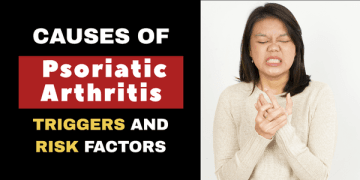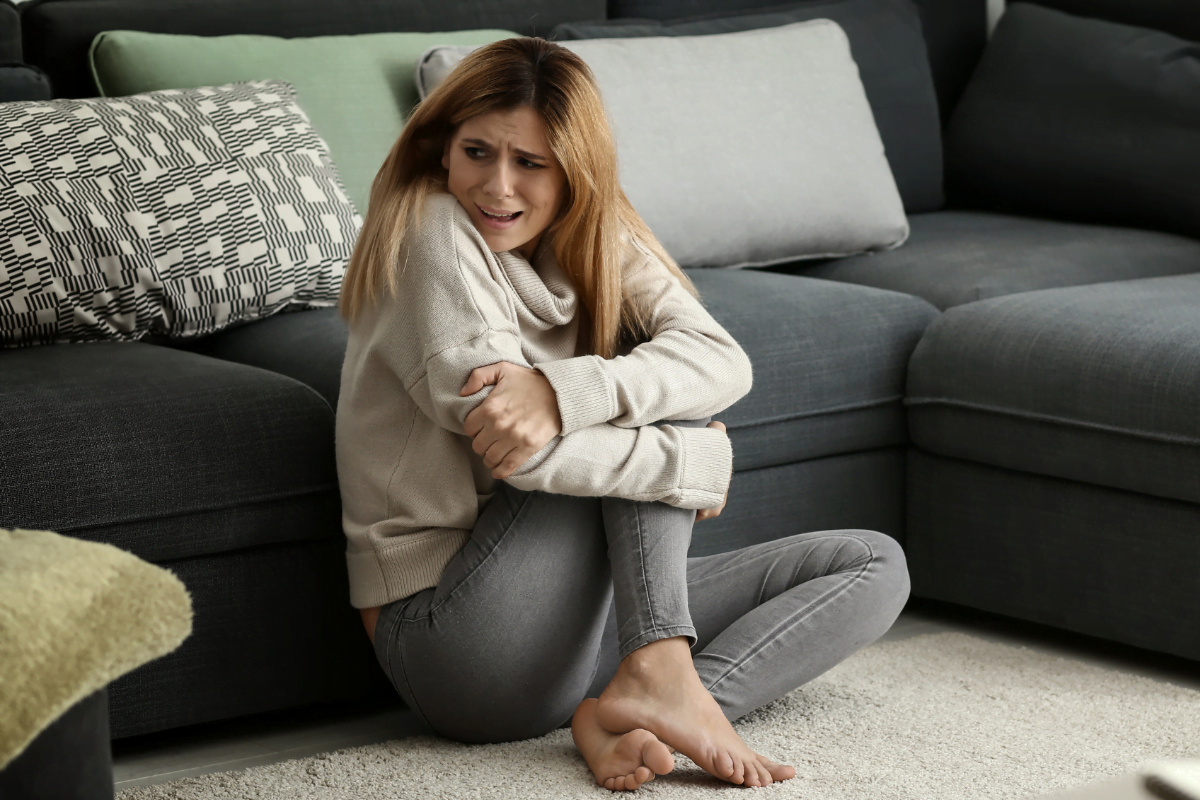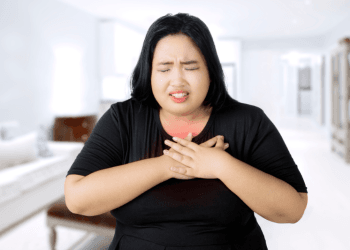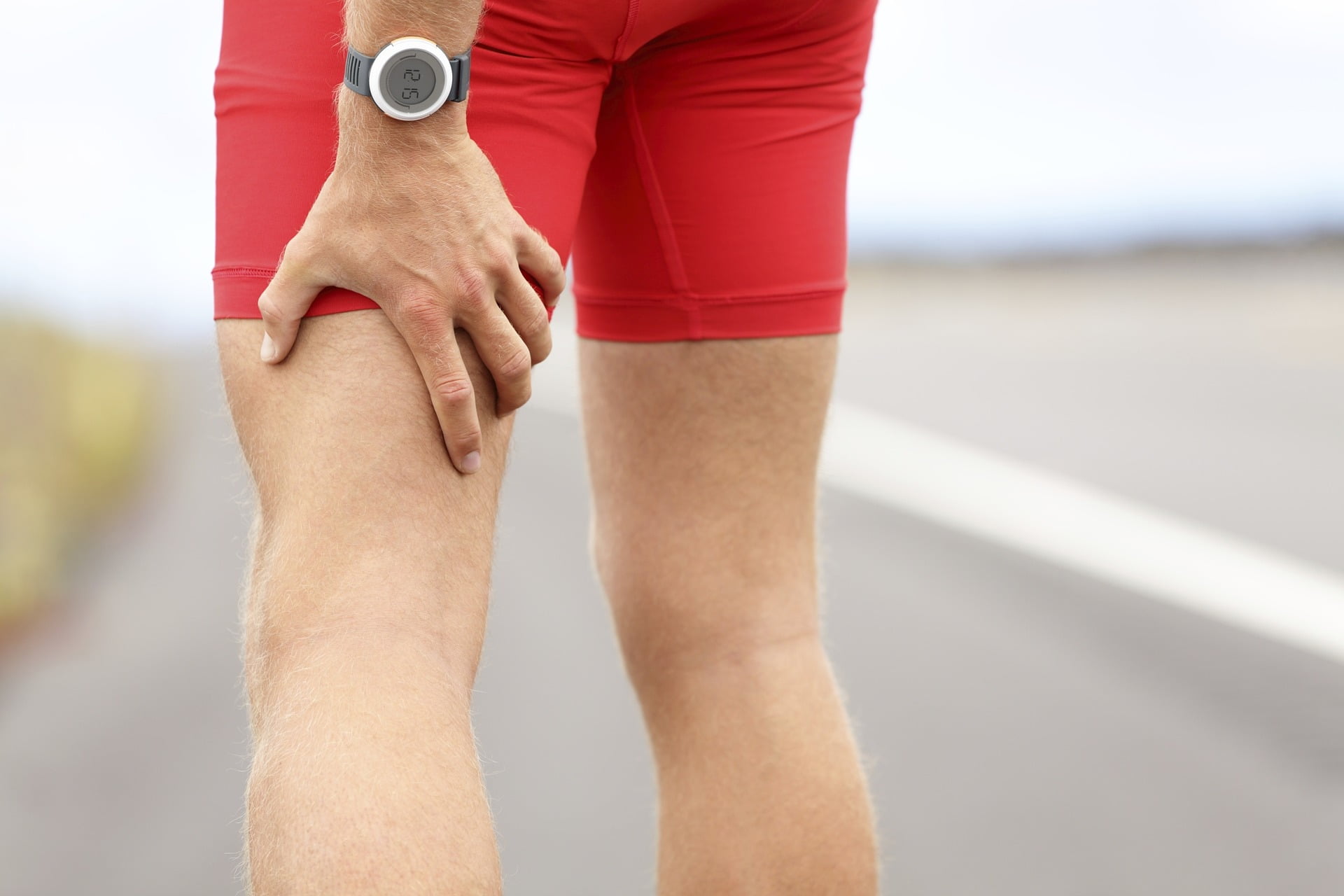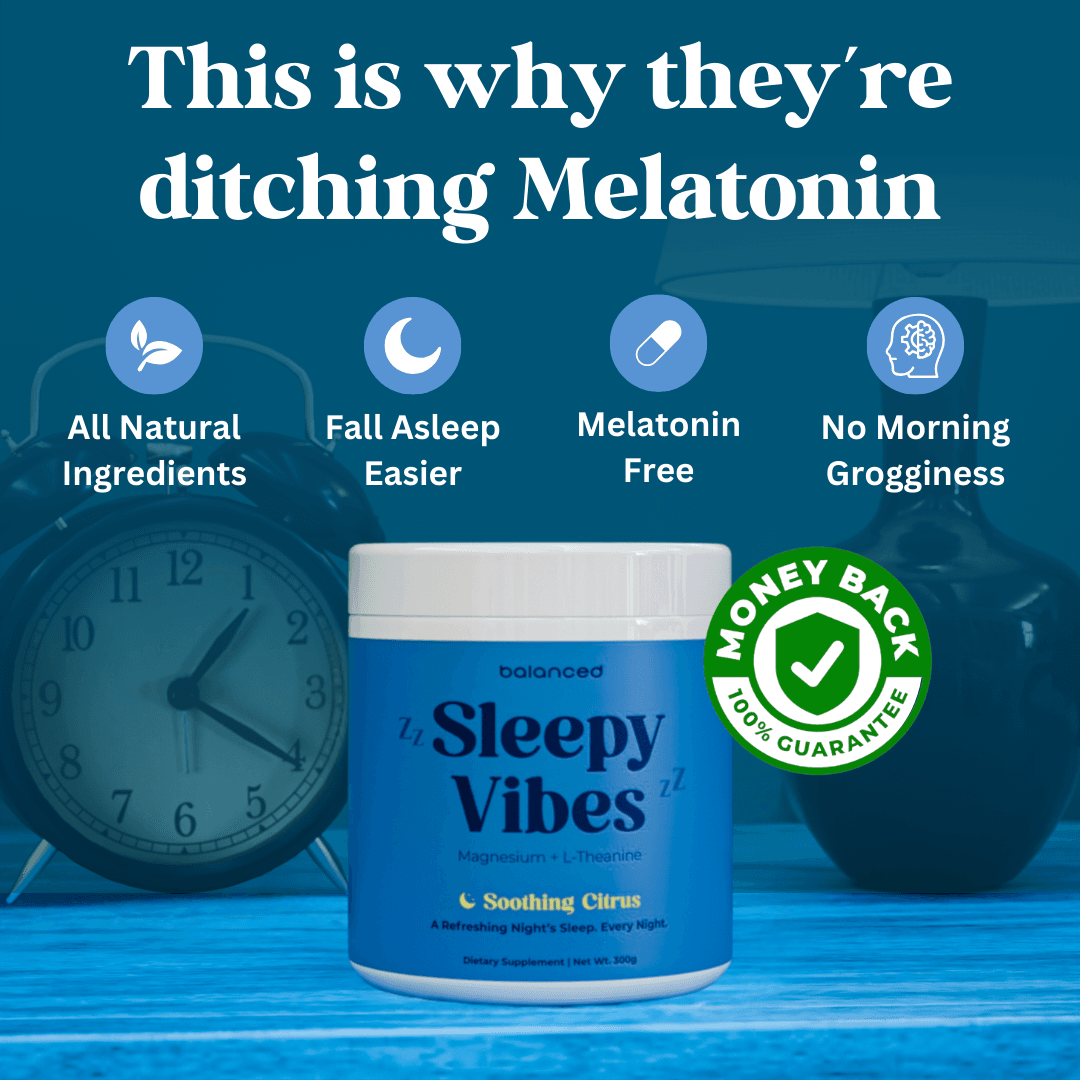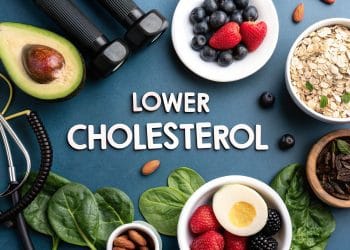Last Updated on June 23, 2025 by Lauretta Iyamu, PharmD
Osteoporosis causes the bones of your body to become brittle and break easily. It occurs due to low bone mass and loss of bone tissue that may lead to weak and fragile bones.
If you have osteoporosis, you have an increased risk for fractured and broken bones. This may occur particularly in the hip, spine, and wrist.
The disease is often presumed to be a condition of old women. Yet, osteoporosis causes actually begin much earlier in life.
Peak bone density occurs at age twenty-five, it is thus important to build strong bones at a young age so that you will remain strong later in life. Having adequate calcium is one of the ways you can build strong bones.
Read on to learn more about ” Osteoporosis: Causes, Risks, and management guidelines.”
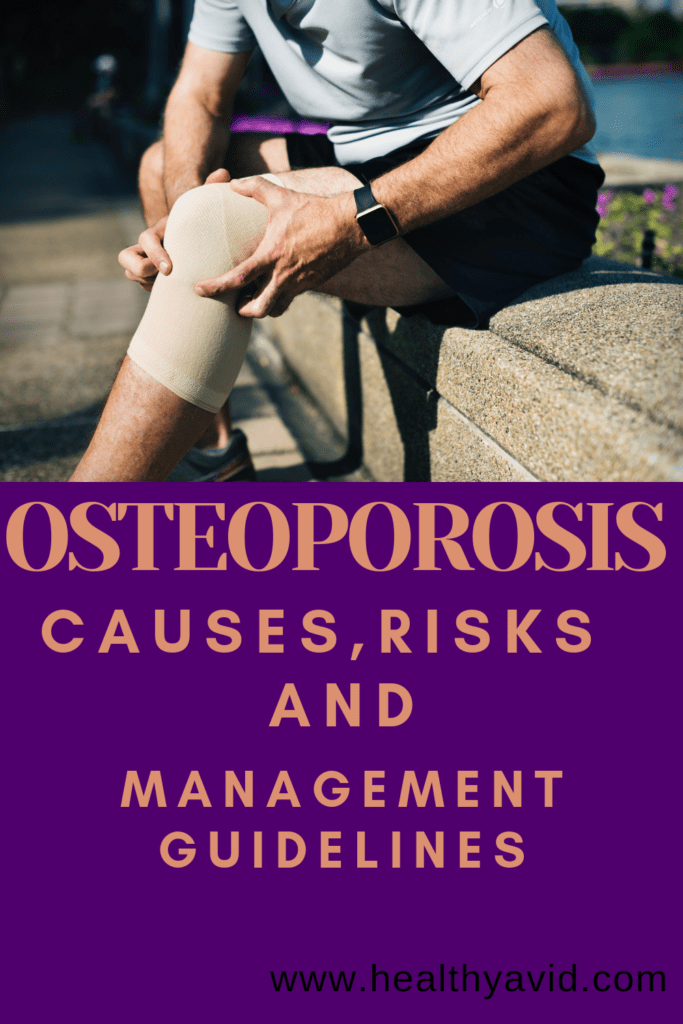
Study shows that about Ten million Americans already have osteoporosis. Eighteen million more have a low bone mass that makes them susceptible to the disease.
Four in five people with osteoporosis are women. One in two women and one in eight men will have an osteoporosis-related fracture in their lives.
Causes of Osteoporosis
Osteoporosis occurs due to an imbalance between new bone formation and old bone resorption.
Simply put, osteoporosis is when your body fails to form enough new bone, or too much old bone is reabsorbed, or both.
Calcium and phosphate are two essential minerals needed for normal bone formation. Calcium is also vital for the heart, brain, and other organs to function properly.
To keep those organs functioning, your body may reabsorb calcium from the bones for their use. This makes your bones become weaker, resulting in brittle and fragile bones that can break easily.
A leading cause of osteoporosis is a lack of certain hormones, especially estrogen in women and androgen in men.
Women over 60 are more diagnosed with the disease. Estrogen levels lower when women hit menopause, which increases their risk of osteoporosis.
Other causes of osteoporosis
- Overuse of corticosteroids (Cushing syndrome),
- thyroid problems
- Lack of muscle use
- Bone cancer
- Certain genetic disorders
- Use of certain medications
- Problems such as low calcium in the diet.
The Risk Factors of Osteoporosis
Risk factors that can increase your chances of having Osteoporosis include;
- Gender: The development of osteoporosis is higher in women than men
- Race: Caucasians and Asians are more likely to develop the disease
- Post-menopausal condition
- Lack of regular periods
- Cigarette smoking
- Anorexia
- Heavy alcohol consumption
- Use of corticosteroids
- Use of anticonvulsants.
At the early stage of the disease, osteoporosis often does not cause symptoms. Later on, you may experience a dull pain in the bones or muscles, particularly in the lower back or neck.
As the disease progresses, sudden sharp pains may develop. It may be worsened by activities that put weight on the area.
The area may also become tender. The pain generally begins to reduce in a week but may linger on for more than three months.
If you have passed menopause and have frequent pain in areas such as the neck or lower back, should consult your doctor. Further evaluation including risk assessment and bone density scanning should be carried out.
Osteoporosis Guidelines: What Your Doctor Should Be Doing
Osteoporosis guidelines for testing are vital because this is a “silent” disease. You may not know you had it until you break a bone.
Bone density tests only allow doctors to detect it, there are no symptoms short of a broken bone or sharp pain. These osteoporosis guidelines are for doctors.
However, as a patient, this guideline will help you know what your doctor is doing. This will also equip you on how to prevent potentially deadly falls caused by osteoporosis.
Osteoporosis guidelines are for physicians advising patients fifty years of age or older especially post-menopausal women.
They are supposed to tell their patients about the risk for osteoporosis and recommend a bone density test, if appropriate. In addition, patients should be evaluated for secondary causes of the disease.
Doctors using the guidelines should ensure that their patients are getting 1200 mg of calcium a day.
Supplements may be recommended if that amount is not part of the patient’s daily diet.
Patients should get 800 mg. of Vitamin D per day or include supplements if necessary.
They should ensure their patients engage in weight-bearing and muscle strengthening exercises. This reduces the risk of fractures from falls.
Doctors should also discuss the risks of cigarette smoking and excessive alcohol use in osteoporosis.
Women above six-five and men over seventy years should get a baseline bone density test. Patients between fifty to seventy with an osteoporosis risk profile should be tested. A schedule for future testing at least every two years should also be established.
Osteoporosis guidelines indicate that doctors should commerce treatment for patients with hip or vertebral (clinical or morphometric) fractures.
If a patient’s dual-energy x-ray absorptiometry (DXA) shows BMD T-scores of less than –2.5 at the femoral neck, total hip, or spine. Treatment should commence.
Additionally, postmenopausal women and men fifty years and older who have a low bone mass which is also known as osteopenia should also be treated.
Currently, the Food and Drug Administration has approved the following for treatment of osteoporosis
- Bisphosphonates
- Calcitonin
- Estrogens
- Hormone therapy
- Raloxifene
- PTH 1-34
These drugs should be discussed with patients, as appropriate before use. Osteoporosis treatment is cost-effective. So, there is no excuse for sloppy diagnosis.
Sharing is Caring: Save THIS PIN or SHARE with others to learn more about Osteoporosis Bone disease.



